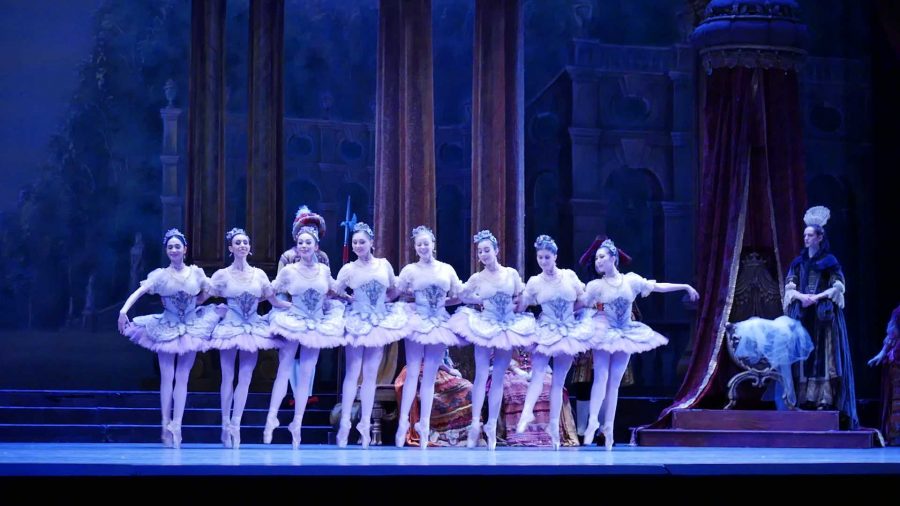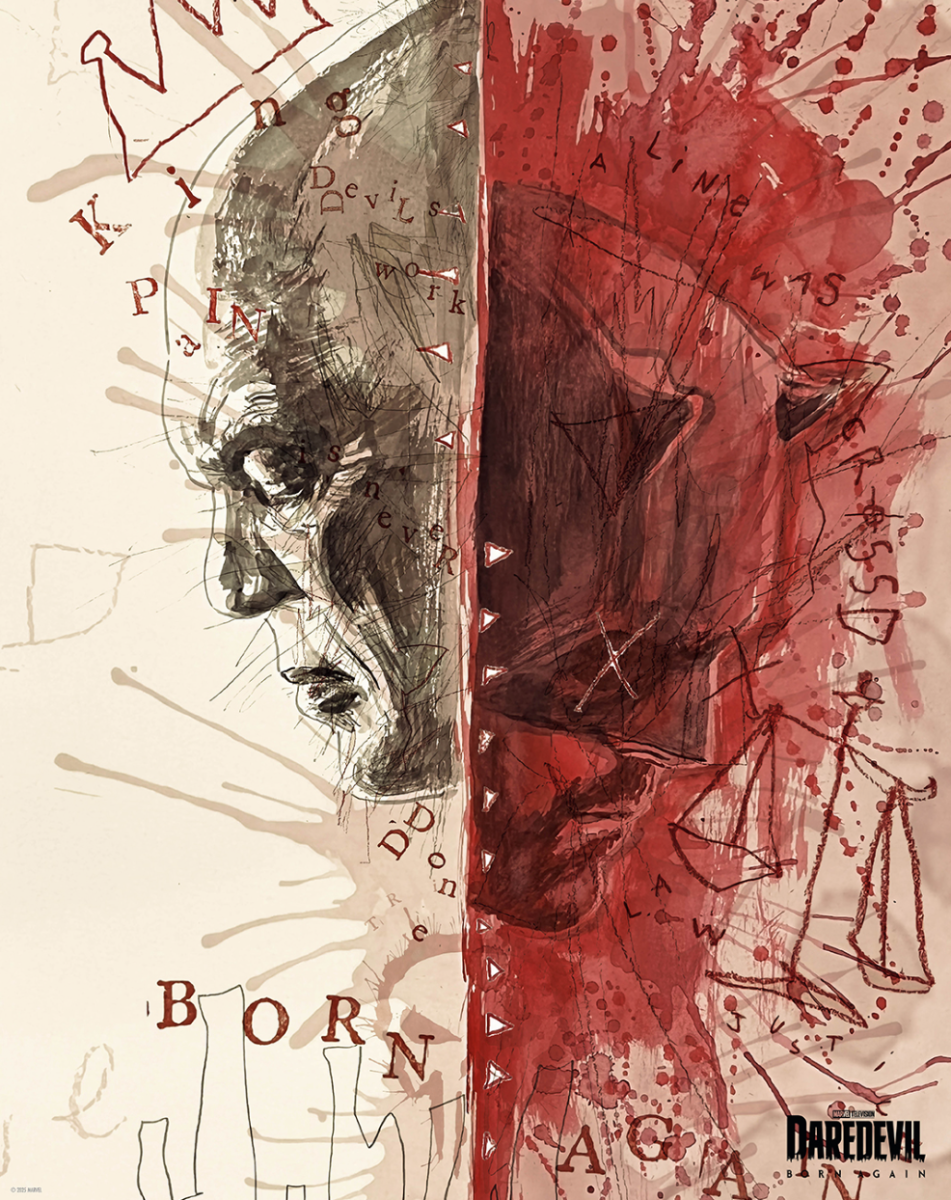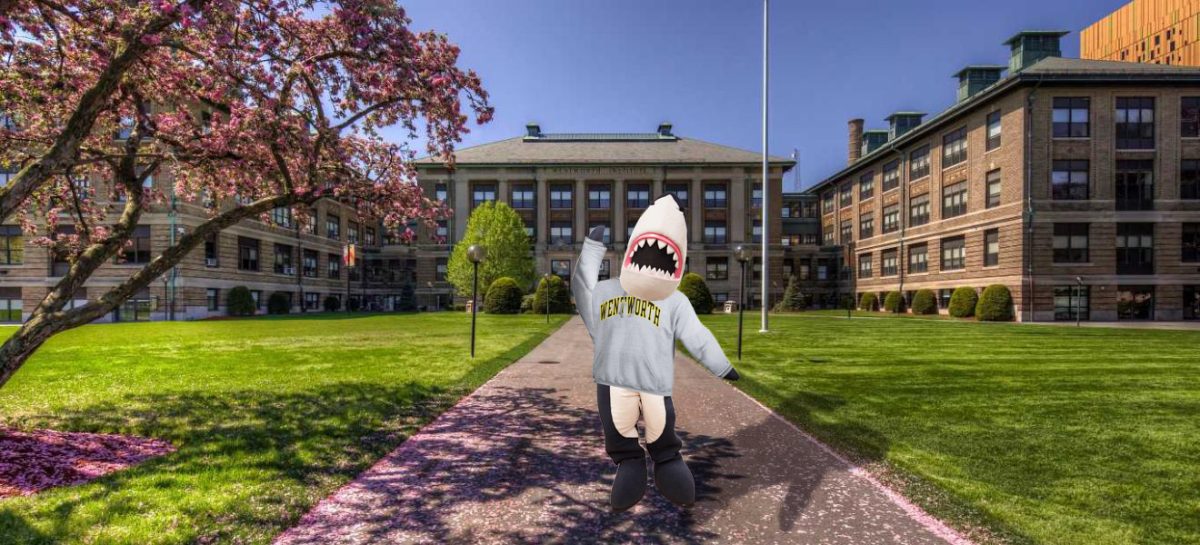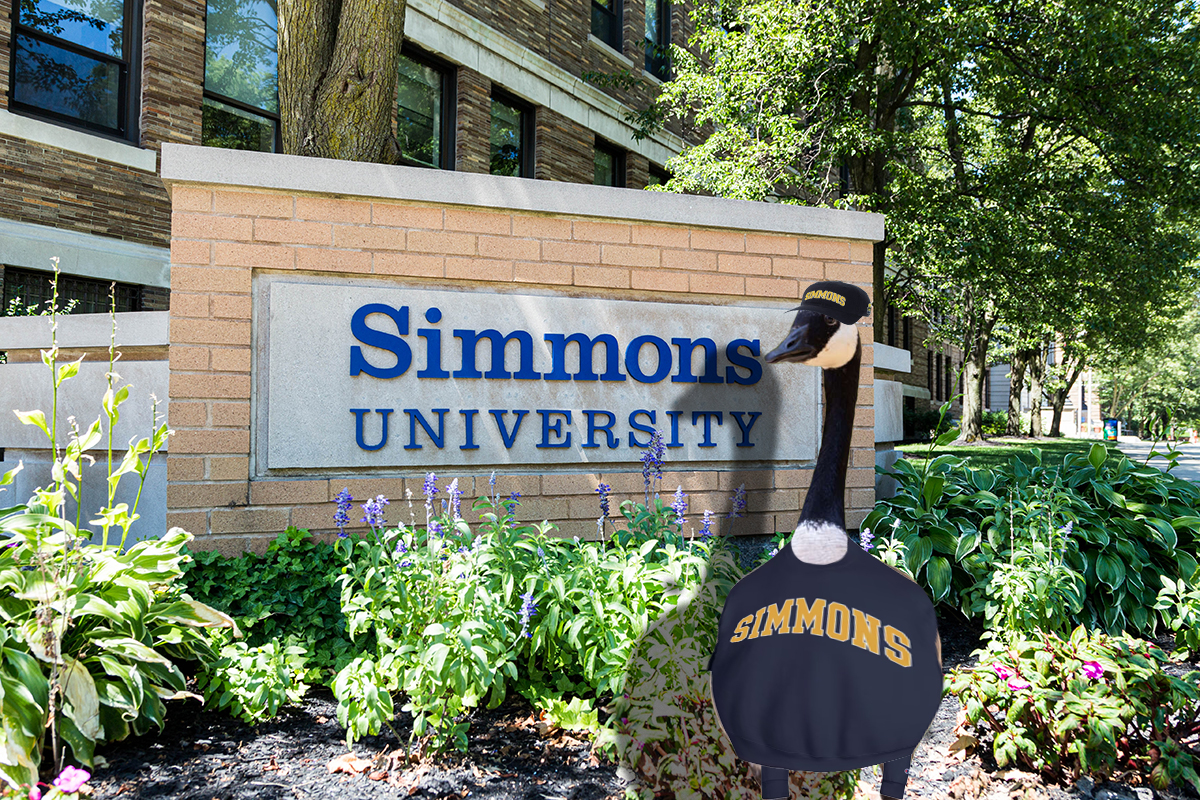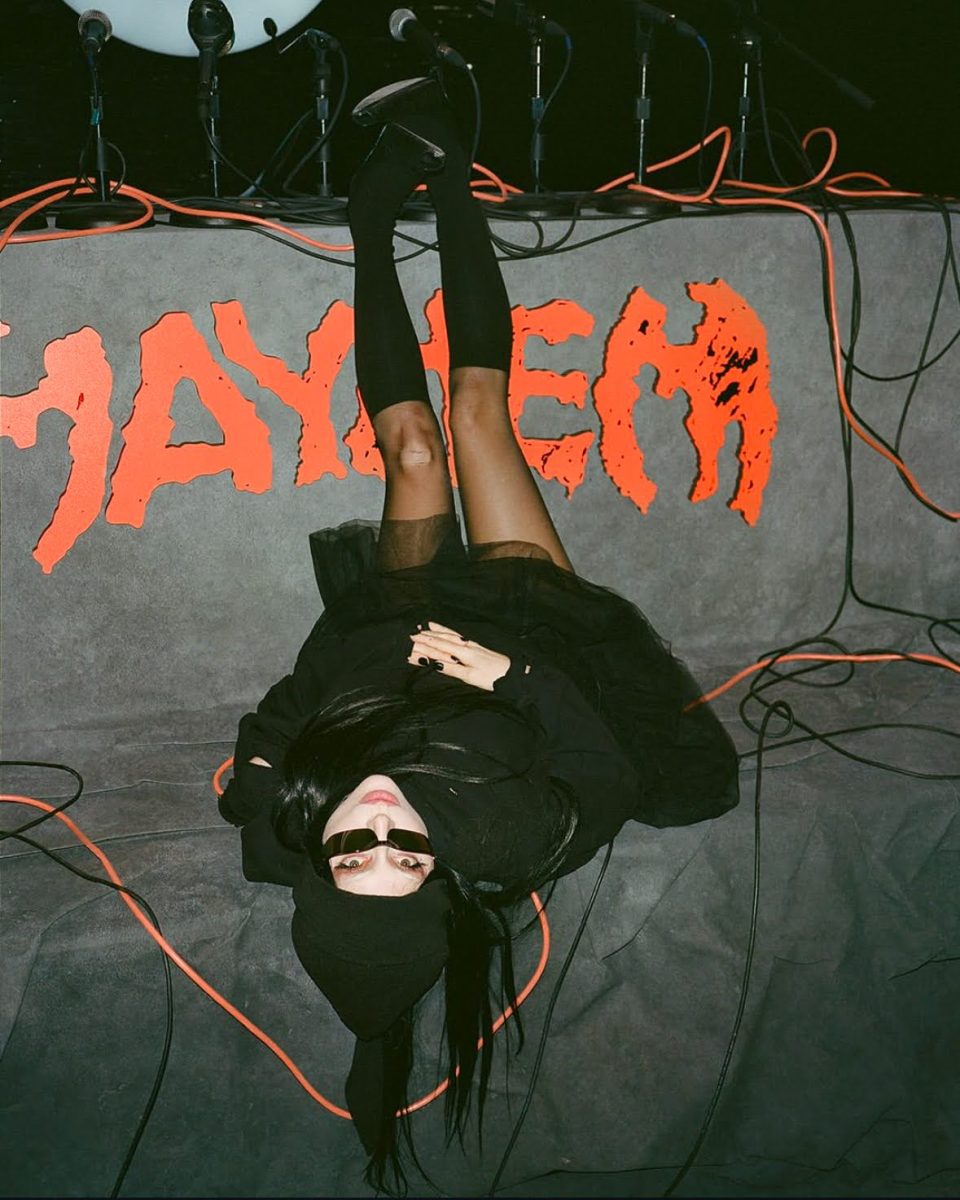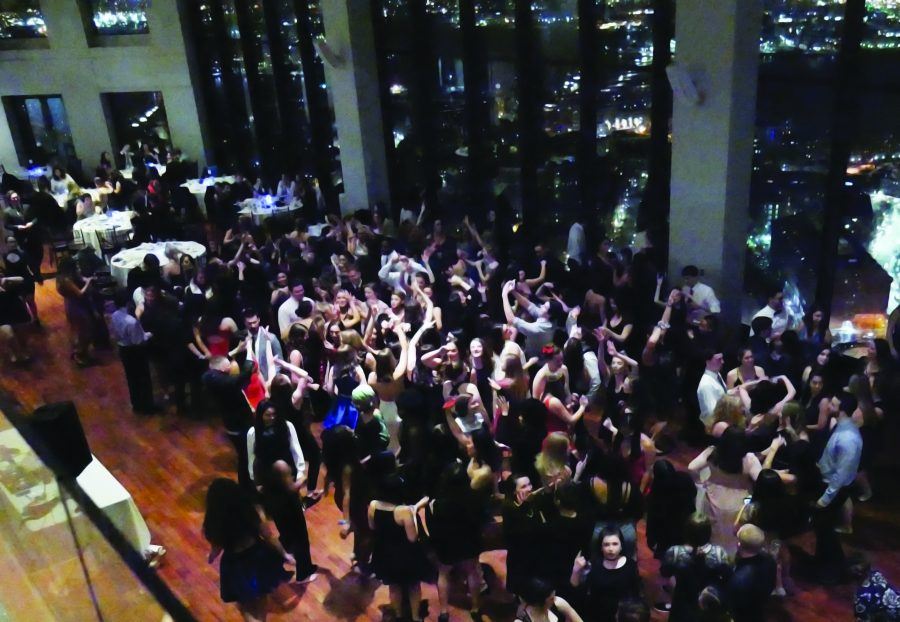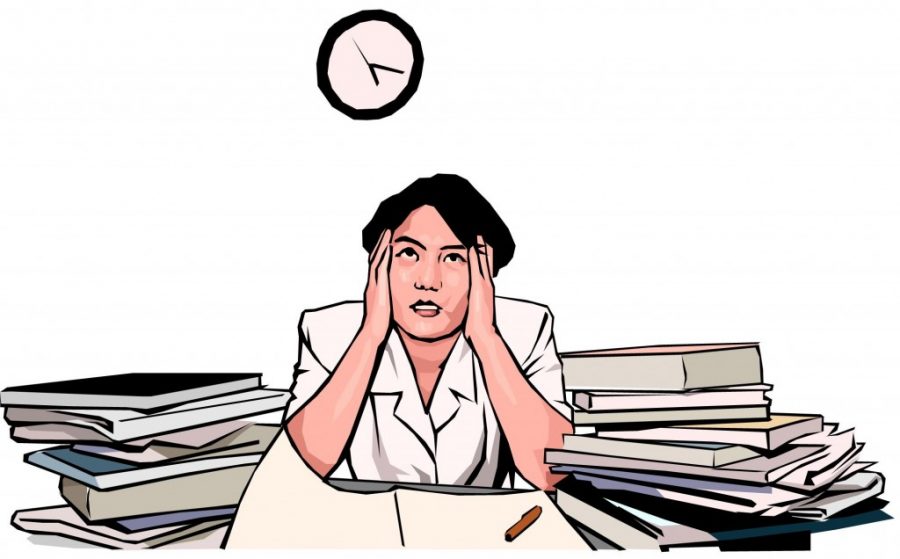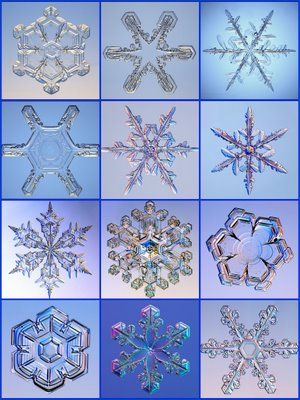By Madison Florence
Contributing Writer
How does one watch ballet? You can see dancers and view the performance, but how does the choreographer intend for their ballet to be viewed?
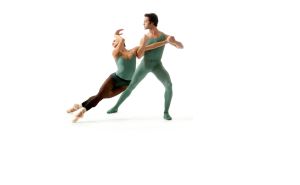
Boston Ballet has a history of being inspiring and unique. They have continued to surprise the audience with new ballets, better costumes, and, of course, stunning performers. This upcoming season is no exception; continuing Boston Ballet’s five-year partnership with William Forsythe in a new ballet titled “Artifact”. This performance pushes the physical boundaries of its dancers and fills the stage with movement. It has been continually evolving since 1984 and the ending was specifically changed for Boston Ballet. The only thing that has not changed is Forsythe’s involvement, as he has done all the lighting, music, and choreography.
On a chilly and snowy Friday last week, ballet fans and supporters filed into the Boston Ballet studio to watch Forsythe lead a rehearsal. Throughout the rehearsal, he broke down the dancers movements and taught the audience how to become better at viewing a ballet performance. Here are some things you should pay attention to when you watch “Artifact”:
– Schwung: German for momentum, Forsythe created momentum based movement.
– The music features clusters of overtures, or notes, that extend over the next few notes.
– The placement of the dancers on stage creates architecture through the dancing that changes and develops as the ballet continues.
– Dancers push themselves to improve every time. For example, a ballerina pushing herself to move as quickly as possible from one position to another while trying to extend the reach of her legs and arms further.
– The strength of the dancers that is best noticed by how much noise a dancer makes when landing from a jump. A strong dancer in soft shoes can land all jumps soundlessly.
– Microrelease: a slight float at the end of a movement which is best seen in the hands of a dancer after a quick or sudden movement.
– A glissade [gli-sahd], or glide, that has both legs off the ground for the same second before quickly closing together. This style of glissade is from the School of American Ballet.
– Variations in choreography: Some dancers perform one set of steps while others perform similar steps with slight differences.
– Most of the ballet is structured improvisation. The dancers use certain body positions and steps repeated in different orders.
After the rehearsal, Forsythe answered several burning questions from the audience. The best question asked was “Can you tell us, what is “Artifact”? What do you want to convey?” Forsythe simply answered, “No, ‘cause I’ll spoil it.”
“Artifact” will be running at the Boston Ballet from Feb 23 to March 5, 2017.





